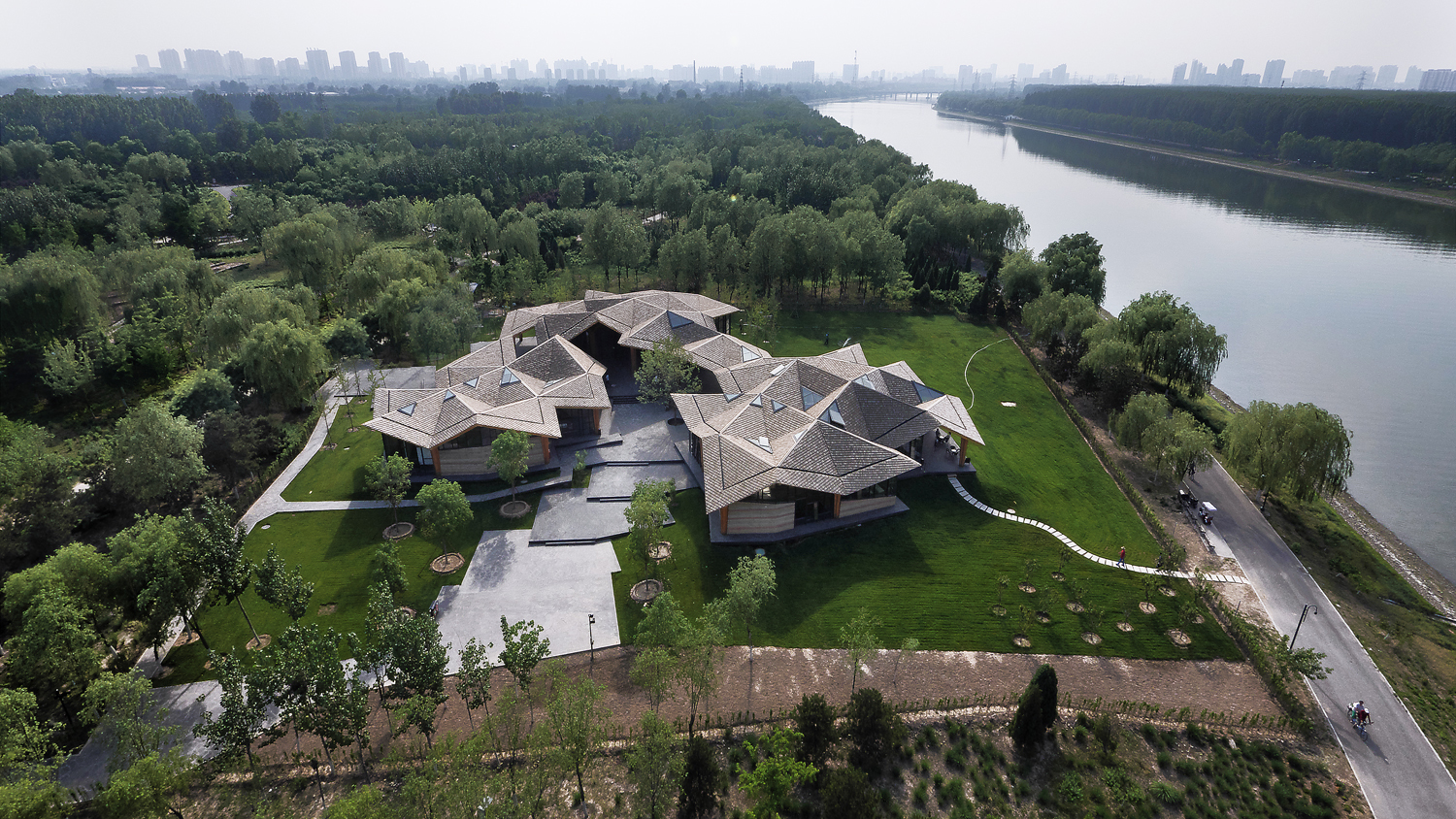Forest Building
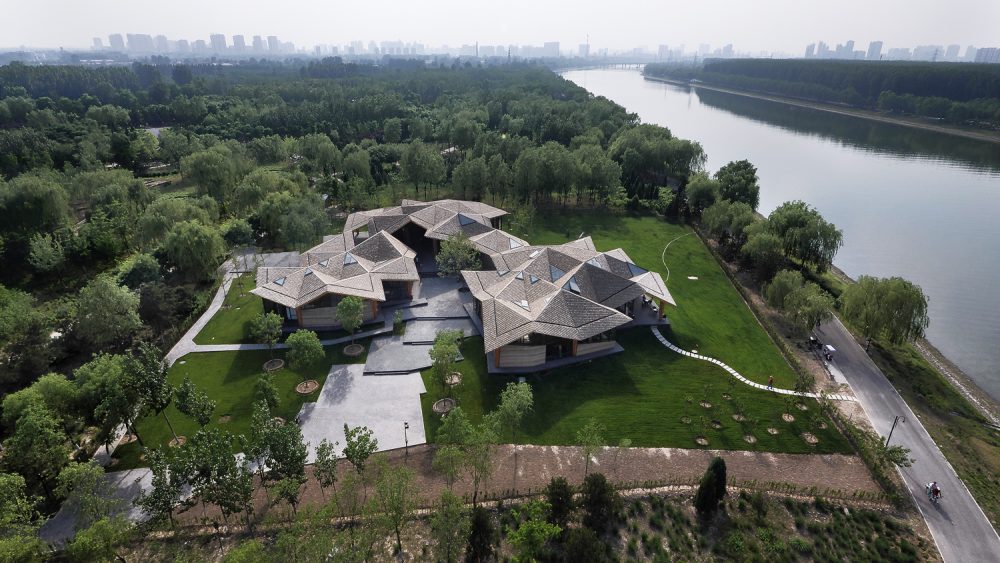
Amid the spontaneity of nature surrounding Beijing’s Grand Canal River, this multi-functional timber structure in Grand Canal Forest Park immortalizes the lying uncertainty behind its beauty – by becoming one with it.
Due to fluctuating external conditions such as capital, policies, markets, and land-use rights, the rise of functionally-ambiguous architecture are relatively common in China. The Forest Building, also known as the Tree Clubhouse, was a prime example of such. Out of any specific purpose, it was initially designed to house a bar, event space, gallery, office, and a restaurant, among others.
The vagueness wrapped around its function resulted in a no-stop city-inspired concept originally founded by Archizoom, to create a homogeneously spreading space where variable needs can be met.
Working without a clearly defined program, the architects turned to the existing landscape to find a starting point – particularly one that can perfectly embody the Forest Building’s sense of place. The tranquil yet strong imagery of the trees and river around it encouraged the idea of a place where people can comfortably sit under a tree and admire the natural view, just as how people behave in a park.
Now that the starting point is defined, the next step is to create a tree-inspired base unit. The architecture of the building neither leaned towards the walls nor its roof. Instead, its identity was molded from tree-like columns with four cantilevered beams at varying points. A spatial system was then generated by organizing multiple base units into a zigzagging grid-like form – which responds to the uncertainty of the program, its structural form, and the land where it rests.
The entire building sits on a concrete platform serving two utilitarian purposes – to protect the wooden structure from moisture, and to conceal the utilities underneath. Glue-laminated wood and rammed earth dominate the entirety of the Forest Building, representing the soil and trees present in the site. Both natural materials are capable of adjusting to the temperature and relative humidity of its indoor and outdoor areas, before eventually decomposing naturally. Merging the natural and artificial qualities of the building are glass curtain walls connecting the building’s wooden and rammed earth walls.
Inspired by the law and shape of the woods, the Forest Building demonstrates the idea of an architectural space that can spread infinitely – embodying not of functional ambiguity and uncertainty, but instead of spatial flexibility and resiliency.
- China
- TAO (Trace Architecture Office)
- http://www.t-a-o.cn/forest-building




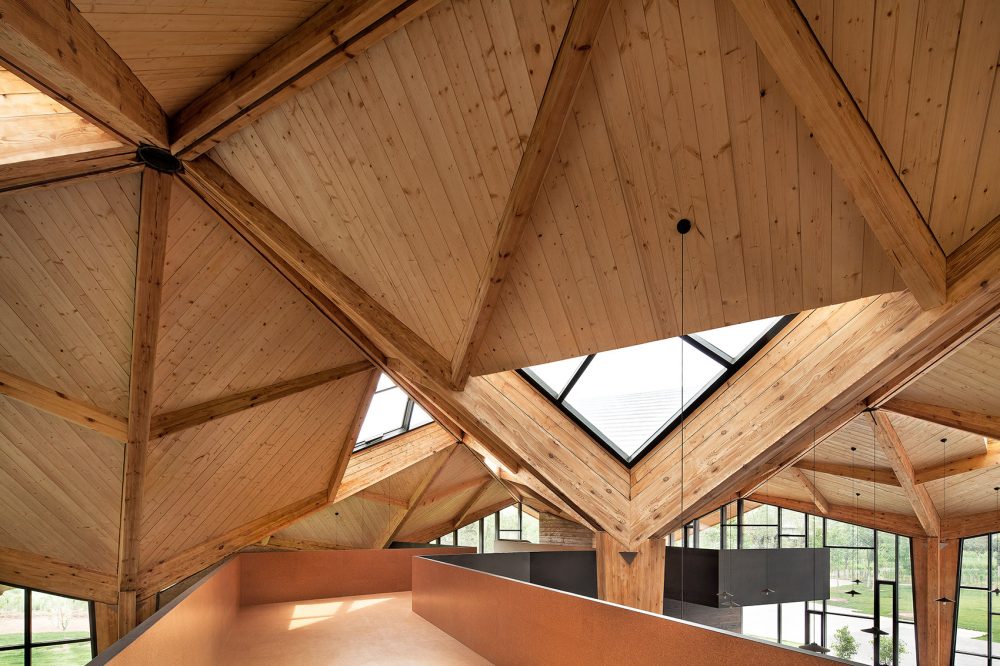

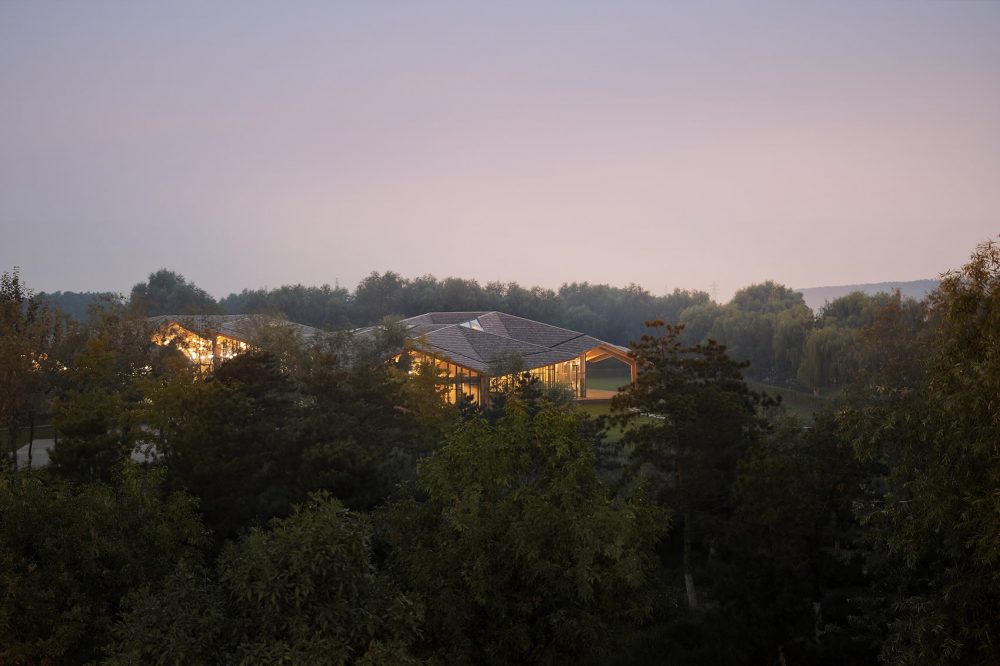
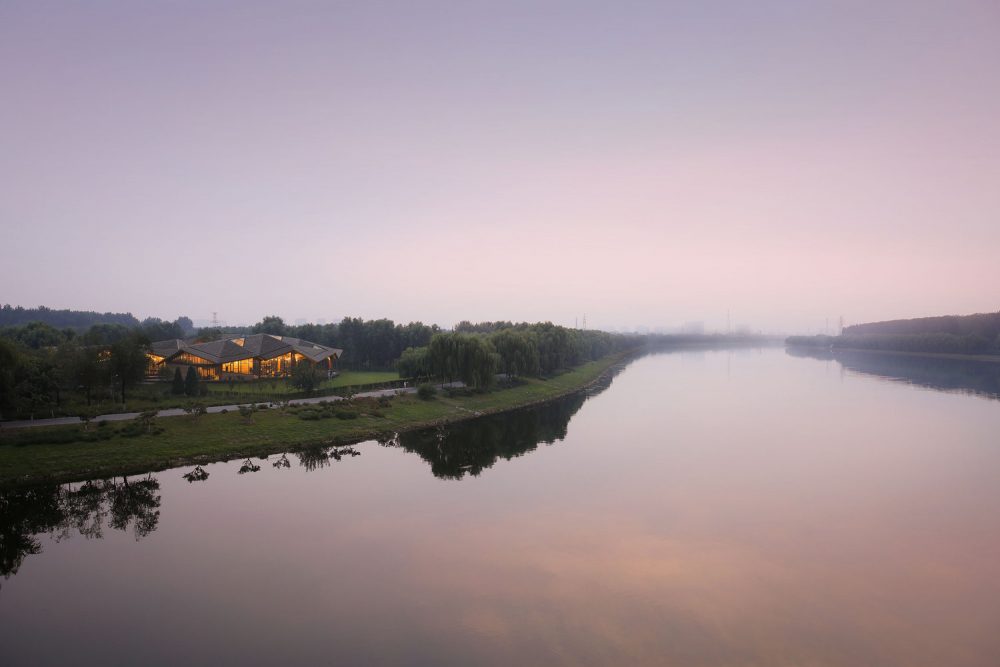
Category Commercial
